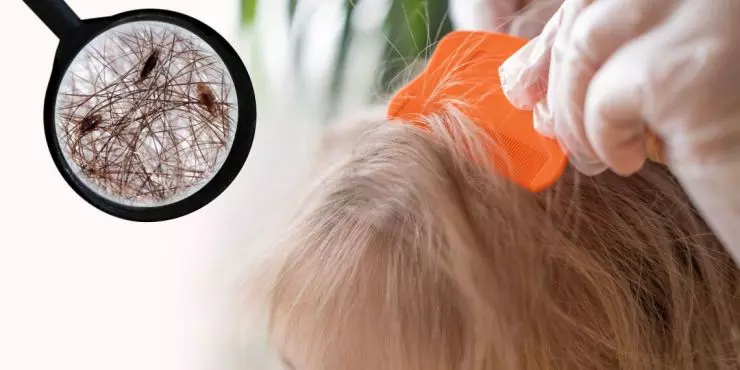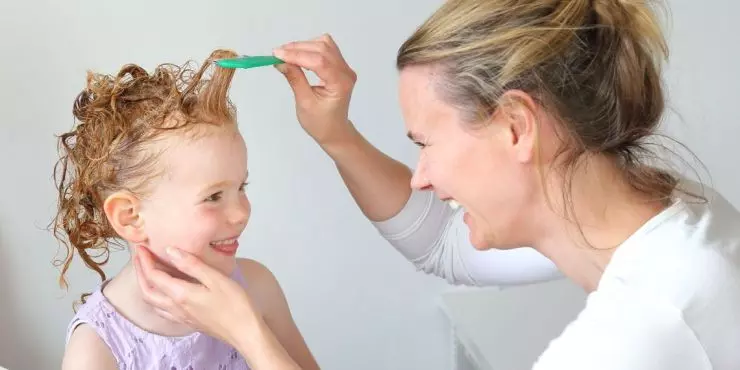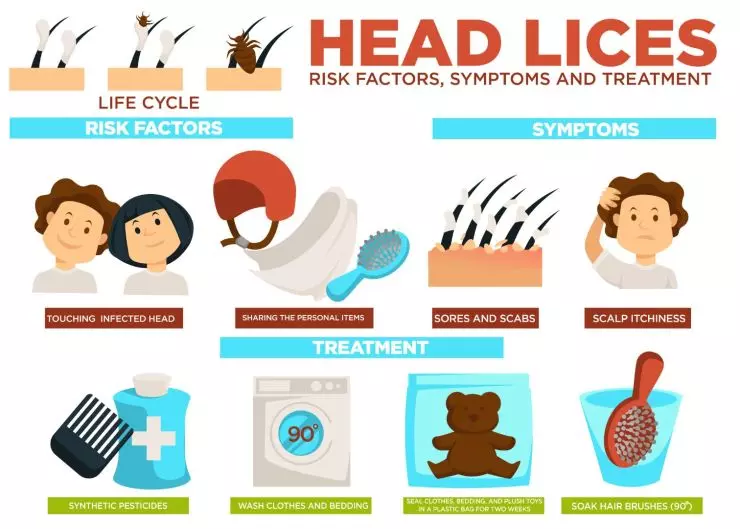Let’s be honest—just hearing the word lice is enough to make your scalp itch. As both a parent and a family doctor, I’ve been in your shoes: one day everything is normal, and the next you get the dreaded letter from school or daycare… “We’ve had a case of head lice in your child’s classroom.”
Before you panic, take a breath. Head lice are incredibly common—and very manageable. They’re not a sign of poor hygiene, they don’t spread disease, and they don’t mean you’ve done anything wrong as a parent.
This guide is here to help you spot the signs, treat an outbreak effectively, and prevent the endless cycle of re-infestation—with calm, confidence, and support.
What Are Head Lice, Exactly?

Head lice are tiny insects (about the size of a sesame seed) that live on the scalp and feed on small amounts of blood. They lay eggs, called nits, which stick to hair shafts near the scalp and hatch after about a week.
Lice don’t jump or fly—they spread through close contact, like kids playing, hugging, or sharing hats, brushes, or headphones.
Lice are not dangerous, just… annoying. But you can beat them.
How to Know If Your Child Has Lice
You may notice your child:
- Scratching their scalp more than usual
- Feeling a tickling sensation or movement on the scalp
- Developing sores or irritation from scratching
- Struggling to sleep (lice are more active at night)
Look behind the ears and at the nape of the neck—these are lice’s favorite hangouts.
What to look for:
- Tiny white or yellowish oval nits stuck to the hair shaft (not easily flicked off like dandruff)
- Live lice crawling on the scalp (harder to spot—they move fast!)
Treatment: What Actually Works?

Here’s the good news: you don’t need to throw out all your pillows or bag every toy for 2 weeks. Focus on the scalp—not the stuff.
Step-by-Step Lice Treatment:
-
Use a Lice Treatment Shampoo
-
Choose an over-the-counter (OTC) treatment with permethrin or pyrethrin.
-
Apply exactly as directed (too little won’t work, too much can irritate the scalp).
-
Avoid conditioner before or after—it can reduce effectiveness.
-
-
Comb Out the Nits
-
Use a fine-tooth lice comb (many treatments include one).
-
Section damp hair and comb from root to tip, wiping the comb between passes.
-
This step takes time and patience—do it daily for a week.
-
-
Repeat the Treatment
-
Most treatments require a second application 7–9 days later to kill newly hatched lice before they can lay more eggs.
-
-
Wash What’s Necessary
-
Wash bedding, recently worn hats, towels, and brushes in hot water.
-
Dry on high heat or seal items in a plastic bag for 48 hours if they can’t be washed.
-
Vacuum cloth surfaces like car seats and couches—no need for fumigation.
-
Should You Call the Doctor?
Most lice cases can be managed at home, but contact your provider if:
- OTC treatments don’t seem to work (resistant lice do exist)
- Your child is under age 2
- You’re not sure if it’s lice or something else (like dandruff or eczema)
- There’s a secondary skin infection from scratching
We can prescribe stronger treatments if needed and help you come up with a plan that works for your family.
Preventing the Next Outbreak

Lice love head-to-head contact, so prevention is about reducing that exposure:
- Talk to your kids about not sharing hats, brushes, hair ties, or headphones.
- Keep long hair tied back in braids or ponytails.
- Do regular head checks during known outbreaks (like back-to-school time).
- Use prevention sprays or shampoos with tea tree oil—some families swear by them, though research is limited.
If lice are going around your child’s classroom, it’s okay to do a nightly check just to stay ahead of the game. Early detection is key.
FAQs About Head Lice
Q: Do lice jump or fly?
A: No. Lice crawl. They spread through direct head-to-head contact, not by jumping, flying, or being airborne.
Q: Do lice live on pets?
A: Nope. Lice only live on human scalps. Your dog or cat can’t catch them—or give them to you.
Q: How soon can my child go back to school?
A: Most schools follow a "no live lice" policy, not a "no nits" policy. Once treatment starts and no live lice are found, kids can usually return—check your school’s specific rules.
Q: Are natural remedies like mayonnaise or olive oil effective?
A: There’s little scientific evidence to support home remedies. OTC treatments (often with permethrin) are more reliable—but if you’re unsure or need help, talk to your provider.
Q: How can I tell if treatment worked?
A: You may still see nits after treatment (dead eggs), but there should be no live lice after a complete course. Daily combing and a second treatment are critical to success.
You’ve Got This—And We’ve Got You
Dealing with lice isn’t fun—but it’s fixable, relatively quickly. Whether it’s your first experience or your fifth, the important thing is to act quickly, stay calm, and ask for help if you need it.
At Northwest Family Clinics, we’re here to guide you through those “not-so-fun” parenting moments with support and practical care. If you’re unsure about symptoms, need prescription treatment, or just want some reassurance, give us a call.
We’re your partner in all things family health—from itchy scalps to growing pains and everything in between.
Schedule a visit at our Crystal, Rogers, or Plymouth location—we’re just a phone call away.
Additional Articles You Might Like
Is it a Common Cold or Something More Serious?
Back-To-School Meal and Snack Prepping Ideas
Back to School Tips: The Importance of Annual Physicals